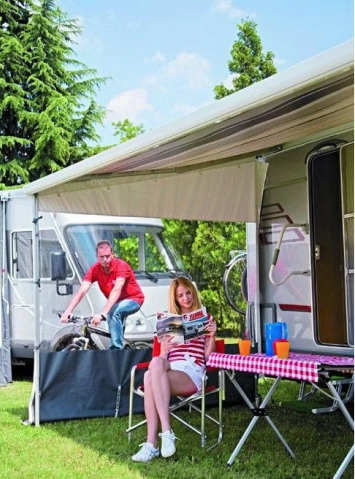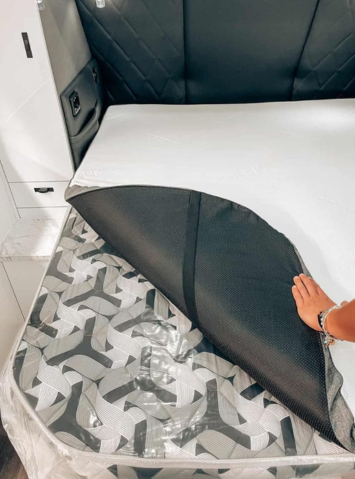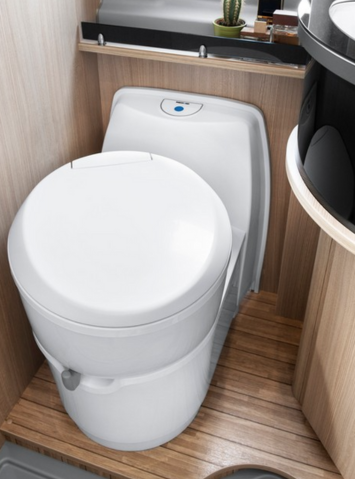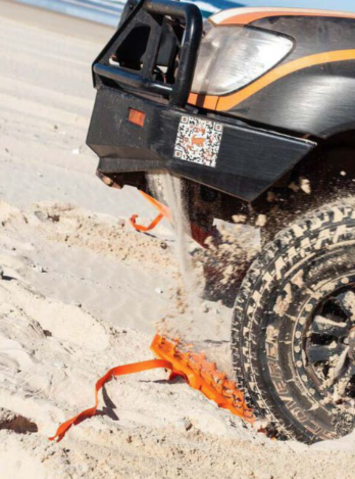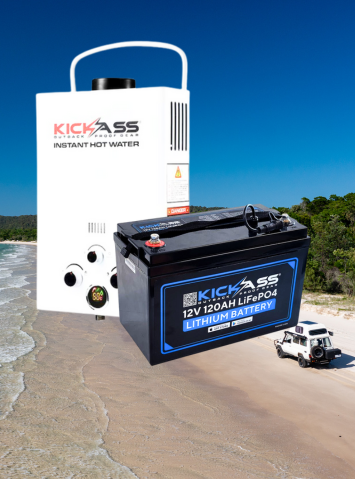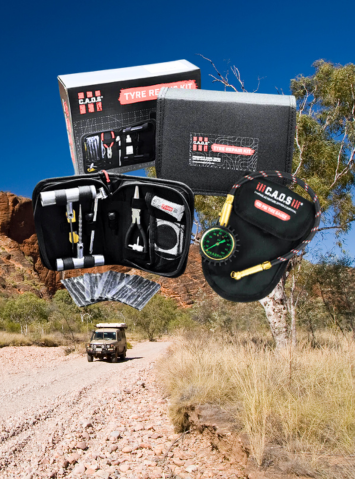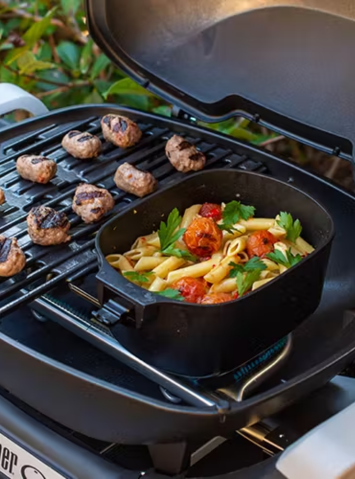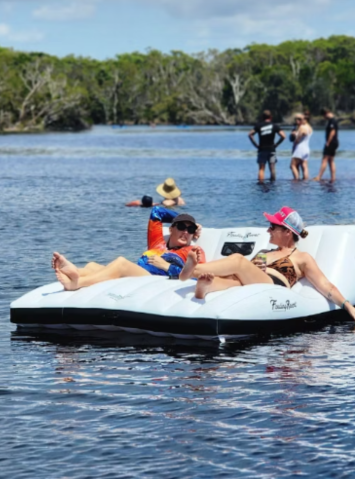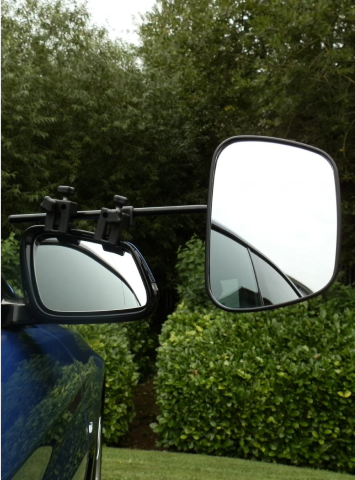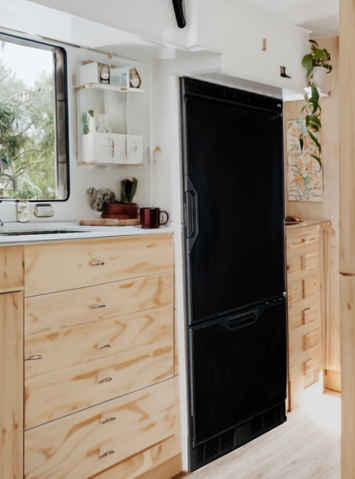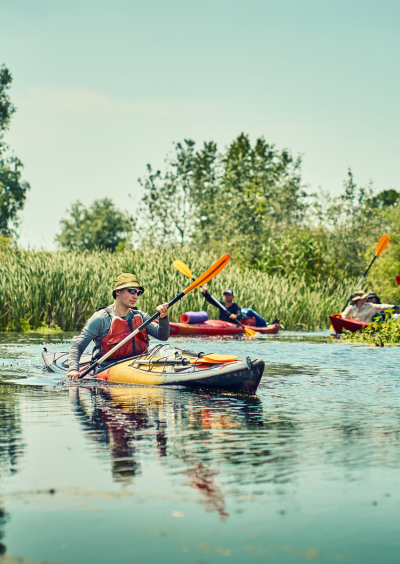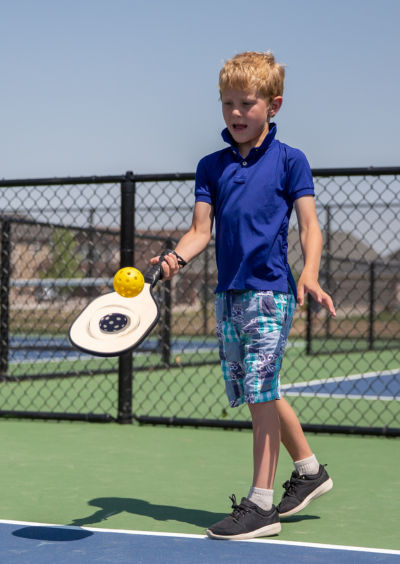Campfire Guide: Preparing, Starting & Extinguishing a Fire
24th May 2023
Ready to brave the winter outdoors? Don't venture into the cold without the essential tools to kindle a campfire. Conquer the cold nights like a pro with these simple tips and make the most out of the season.
Getting Ready for Winter Campfires
Preparing for winter campfires is essential to ensure a safe and memorable outdoor experience. This process involves taking specific measures to overcome the challenges posed by cold weather and snow-covered surroundings.
This guide will walk you through the necessary steps to get ready for winter campfires. Outlined below are highlights of this guide:
Types of Campfire Structures
Materials You Will Need to Build a Campfire
How to Start a Campfire
How to Put Out a Campfire Without Water
Activities You Can Do Around a Campfire
Fire Safety Etiquette and Recommendations
So, bundle up and read on!
Types of Campfire Structures
Choosing the right type of campfire structure can improve your camping experience. Whether you are hosting a large group, cooking a delicious meal, or just looking to unwind. Here are a few types you can try:
Teepee Campfire
The teepee campfire is a classic and versatile type of campfire. It is named after its structure, which resembles a teepee or conical shape. The efficient burning and excellent heat distribution of this kind of campfire make it perfect for cooking.
Larger logs are arranged in a cone shape to form the teepee campfire, which is then filled with smaller twigs and branches. The open structure allows for good airflow, resulting in a hot and steady flame.
Log Cabin Campfire
This type of campfire is designed for relaxation and ambiance rather than cooking. It consists of alternating layers of larger logs and smaller sticks, creating a stable and long-lasting fire.
The flames of a campfire in a log cabin are best known for their stunning appearance because they dance in between the spaces between the logs, creating a warm and inviting ambiance.
Council Campfire
The council campfire is made specifically to hold larger crowds and support group activities. In outdoor settings, it is frequently used for gatherings, storytelling, team building, or educational purposes.
It has a larger, more roomy fire pit that accommodates several people comfortably. To ensure a long-lasting flame and plenty of heat for everyone involved, the fire is built using a combination of larger logs and branches.
Materials You Will Need to Build a Campfire
To start a campfire, you will, of course, need a few essential materials to ensure you do it the right and safe ways. Here are the key materials you'll need:
Kindling
These are small pieces of firewood ignite easily and contribute to the production of heat required to ignite the larger firewood. Look for dry branches and twigs that are no larger than a pencil in thickness. To make the kindling more flammable, make sure it is completely dry.
Firewood
Choose hardwoods like oak, maple, or birch over softwoods because they typically burn longer and produce more heat. Since it burns more effectively and emits less smoke, it is best to gather or buy seasoned firewood.
Tinder
Tinder is the material used to catch the first spark and ignite the fire. It is a fast-burning, highly flammable material that ignites easily. Common tinder options are:
- Dry leaves
- Dry bark
- Pine needles
- Commercial fire starters
- Wax-coated wood chips
But, you can also check out Zippo - Surefire Multi-Tool - it contains a flint wheel ignition with one flint supplied, a 420 high-carbon steel knife blade, and a 15-inch (38.1-cm) wax-coated fire paracord.

It also has a double-cut saw blade, flathead screwdriver, bottle opener, and bail. There is also twin flint storage and a tinder grater to aid in the creation of a spark for a fire. This multi-tool is a must-have for its easy and multiple uses!
How to Start a Campfire
1. Choose the Right Location
Choose a designated fire pit or a safe area away from flammable materials such as trees, shrubs, and dry grass. This will help to prevent wildfires and allow you and your group to enjoy the campfire safely and responsibly.
2. Gather Your Materials
Collect dry, seasoned firewood such as sticks, twigs, and small branches. You will also need tinder, such as dry leaves, grass, or paper, for easy ignition.
Make sure to have larger logs or fuel wood ready to add once the fire is established. With the right materials, you will have a campfire that will burn brightly and safely for hours.
3. Prepare the Fire Pit
Preparing the fire pit in winter involves taking necessary precautions to ensure safe and responsible outdoor fires during the colder months. Here are a few important steps to follow:
Clear the area: Remove all debris, dry leaves, and combustible around the fire pit. This will lessen the possibility of accidental fires and help make the environment safer.
Prepare a fire bed: Create a fire bed at the bottom of the fire pit to contain the fire and stop it from spreading out of control. This can be accomplished by filling the pit with rocks or sand. This keeps the embers from spreading to the surrounding ground.
Gather suitable firewood: Collect dry firewood that has been properly seasoned. Make carrying easy by having this carrier bag.

Moist or green wood can produce excess smoke and make it challenging to maintain a steady fire. It is also a good idea to have an adequate supply of firewood nearby, so you don't have to leave the fire unattended to fetch more.
Keep a fire extinguisher or water source nearby: Always put your own safety first. In case a fire needs to be put out quickly, keep a fire extinguisher or a bucket of water close by.
Keep an eye on the weather: Before starting a fire in the pit, check the forecast. Avoid using the fire pit when it is windy or very dry because these conditions can increase the risk of a fire.
4. Ignite the Fire
Gather fire starters like tinder and stay cautious when igniting it. The tinder should be carefully exposed to the flame to allow it to catch fire.
Provide oxygen to the flames. This can be done by gently blowing on the fire, which helps increase airflow and encourages combustion. However, it is important to avoid blowing too forcefully as it can extinguish the flames.
Once the fire has established a stable flame, additional small twigs and sticks can be gradually added to fuel the fire and help it grow. These materials should be dry and easily combustible to maintain a consistent fire.
6. Monitor and Control the Fire
Keep an eye on a fire at all times. Designate someone to keep an eye on it at all times. This makes it possible to identify any potential changes or dangers early on.
Never leave a fire unattended. A fire can quickly grow out of control and become unmanageable. Always make sure a responsible individual is present to oversee and control the fire.
Set up your fire extinguishing equipment close to the fire. Small fires, especially those started by flammable materials like paper or wood, can often be put out with a bucket of water or sand.

How to Put Out a Campfire Without Water
- Allow the firewood to burn first all the way through if you are dealing with a fire in a controlled environment, like outdoor fire pits or a bonfire. This step makes sure that all of the fuel is used up, leaving only ashes behind.

You can use sand to put out the fire. In an emergency situation or when dealing with a small fire that needs to be put out quickly, you can use sand to put out the flames. Aim the source of the flames by directing the sand directly at the base of the fire.
Use dirt. Using dirt to extinguish a campfire is one of the easiest methods. Remove any larger pieces of wood from the fire and evenly distribute the embers within the fire pit. Cover the fire with a thick layer of dirt and make sure there are no visible flames or hot coals. Allow the covered fire pit to cool for a few minutes before checking for any leftover heat. If required, repeat the technique until the fire is fully extinguished.
Use rock cover. If you don't have access to dirt or sand, you can use rocks instead. Move larger rocks to the side to expose the fire bed. Spread the embers about the fire pit with a stick or tool. After that, gather smaller rocks and completely cover the fire bed and make sure no flames or hot embers are visible. The rocks will function as a barrier, keeping oxygen from reaching the fire and ultimately causing it to extinguish.
Use fire blanket. Fire blankets are intended to suffocate fires by cutting off the oxygen supply. When it's time to put out the fire, carefully place the fire blanket over the flames, covering the entire fire pit. Allow for a few minutes for the blanket to totally suffocate the fire. When the fire has been out, fold the blanket and store it for future use.
Ensure total extinguishment. After using sand, dirt, rocks or fire blankets, it is important to make sure the fire has been completely put out. Make sure there aren't any embers or flames left by carefully inspecting the area. Because a single spark can start the fire again.
Activities You Can Do Around a Campfire
There are plenty of enjoyable activities that you can do around a campfire. Here are a few ideas:
Cooking is always a popular choice, as it allows you to prepare any kind of meal, from simple snacks to a full-on feast. Try roasting marshmallows or hot dogs, or even cooking a full meal on a stick.
Storytelling is another great activity that can be done around a campfire. Share tales of adventure from your travels, or make up stories with friends.
You can also make or sing songs around a campfire. Singing songs is a great way to bond with your family and friends. This activity is perfect for both individuals and a group. So, bring an instrument or even just a collection of songs that you all know.
For more physical activity, why not play a game of catch or frisbee? Or, if you are feeling creative, why not bring some art supplies and draw?
Be sure also to wear your warmest clothing when you are out in the cold doing other activities. Check out some of the best winter clothes and accessories available at Everything Caravan & Camping that suit your style and needs.
Fire Safety Etiquette and Recommendations
Fire safety depends on clear communication between campers and with authorities. Here are few steps we recommend you can do as a camper:
Check local regulations: It is important to be aware of local rules and regulations pertaining to open fires before using a fire pit. Particular regulations or permits may apply in some areas, particularly during the winter when fire risks are higher.
Communicate with the authorities: If necessary, let the park rangers or local police know that you intend to have a campfire, especially in areas where permits are required.
Inform your fellow campers: If you are in a group, go over the rules and procedures for fire safety with everyone to make sure everyone is informed and follows the rules.
Be considerate: Avoid disturbing nearby campsites by keeping the size of your fire manageable.
Wrap Up
When building a campfire, remember to take safety precautions like keeping the fire under control, keeping a safe distance from the fire, and never leaving it unattended. You can ultimately create a safe and fun campfire experience with the right knowledge, skill, and tools.
There you have it - following the steps in this guide, you can now start a campfire with peace of mind! Having proper preparation and safety protocols in place, you can enjoy a cosy evening around the flames in no time.
